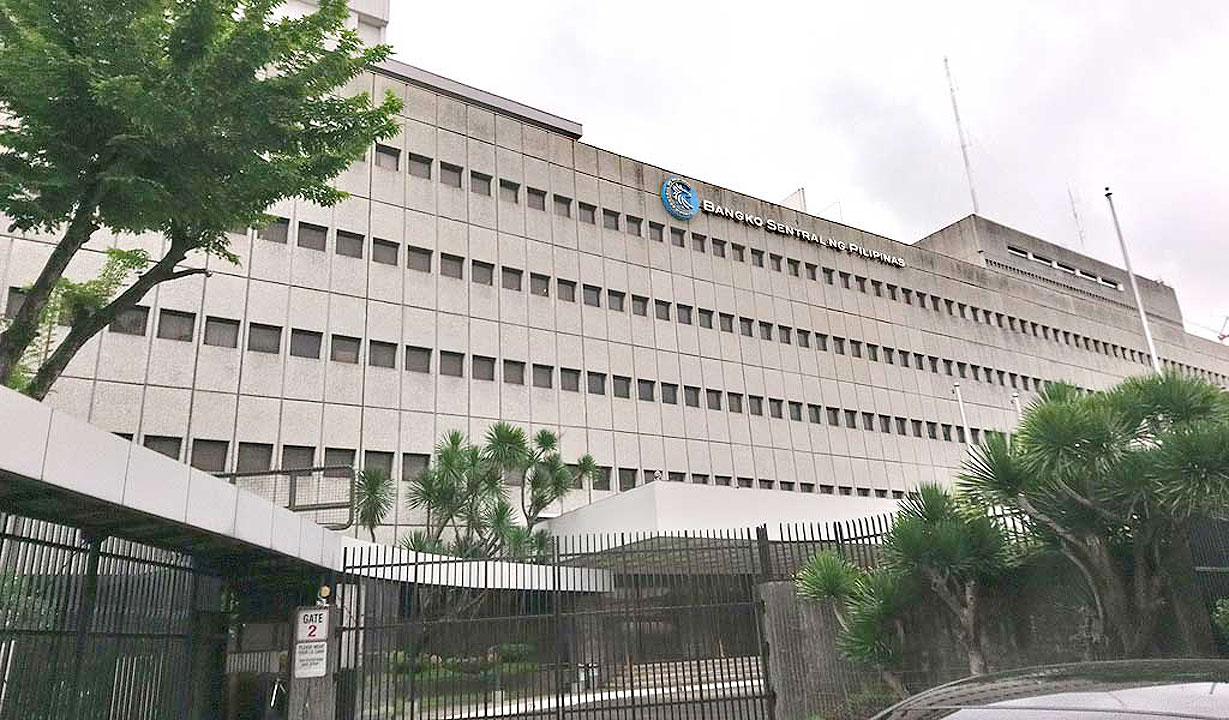
CURRENCY swap agreements are increasing in the region as a means of facilitating trade and stabilizing financial markets, and reflect the increasing trend in economic integration, the ASEAN+3 Macroeconomic Research Office (AMRO) said.
Bilateral swap agreements (BSAs) in the ASEAN+3 region have amounted to $381.6 billion, up 15% compared to the end of 2020.
ASEAN+3 represents all 10 members of the Association of Southeast Asian Nations, along with China, South Korea, and Japan.
Bilateral currency swaps are essentially offsetting loans among the parties, with each side holding funds in the swap partner’s currency.
A swap participant’s possession of a partner currency is thought to facilitate bilateral trade while enhancing its banking system’s liquidity.
The implied valuation of the virtual loans also helps set a benchmark for the currencies, which could help stabilize foreign exchange markets during a crisis.
The bulk of the region’s swaps involve the People’s Bank of China’s agreements with the Hong Kong Monetary Authority, Bank of Korea, and Bank Indonesia, AMRO said in a note on Thursday.
Japan’s Ministry of Finance has a $12-billion currency swap agreement with the Bangko Sentral ng Pilipinas (BSP), representing just over 3% of the total in the region.
“Swaps among the ASEAN-5 countries (Indonesia, Malaysia, the Philippines, Singapore and Thailand) highlight the objectives of facilitating local currency settlements in trade and investment and stabilizing financial markets; given the deeper integration of trade and finance among such economies,” AMRO said.
The Philippines and Japan renewed the currency swap agreement to support financial stability and regional cooperation, the BSP said in January. Both parties can swap their currencies in exchange for the dollar, while the Philippines can swap pesos for yen.
The limits on the swap agreement remain at $12 billion or the equivalent in yen for the Philippines, while Japan can swap up as much as $500 million.
The BSP said the bilateral deal with Japan reflects changes to the Chiang Mai Initiative Multilateralization agreement of the ASEAN+3, which strengthened coordination with the International Monetary Fund.
“The Philippines has access to similar facilities such as the Chang Mai initiative as well as other emergency lines with multilateral institutions. Although it would not hurt to have these swap lines in place, I believe the Philippines is well placed and has adequate arrangements in place to weather a potential liquidity crunch,” ING Bank N.V. Manila Senior Economist Nicholas Antonio T. Mapa said in an e-mail.
“It would be beneficial to have get such arrangements as additional safeguards in the future, but it may not be an immediate need as of the moment.”
AMRO said the BSAs have various aims, including easing pressure on currency funding markets, mitigating balance of payments needs, facilitating trade and investments, and promoting currency internationalization. — Jenina P. Ibañez



